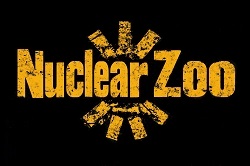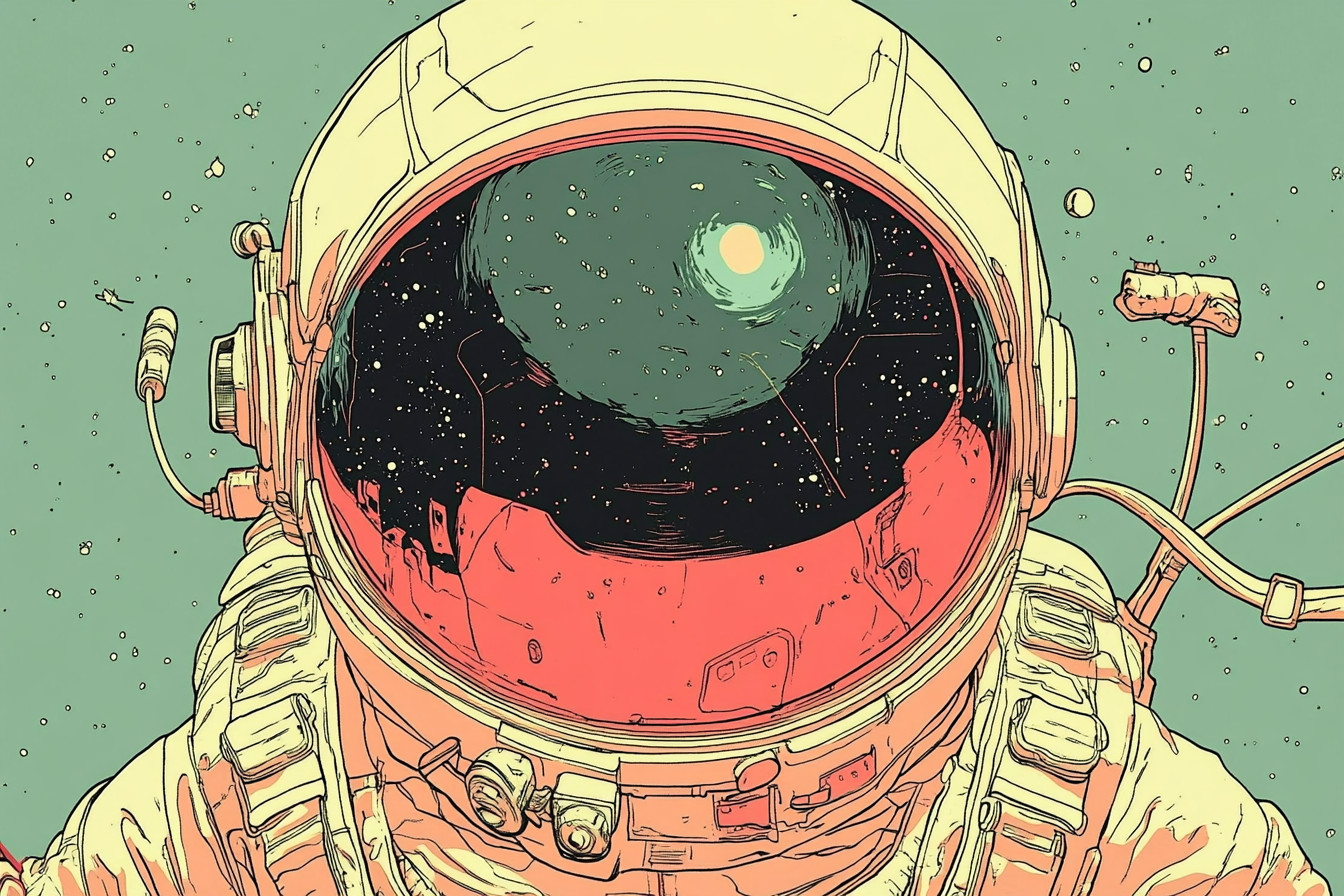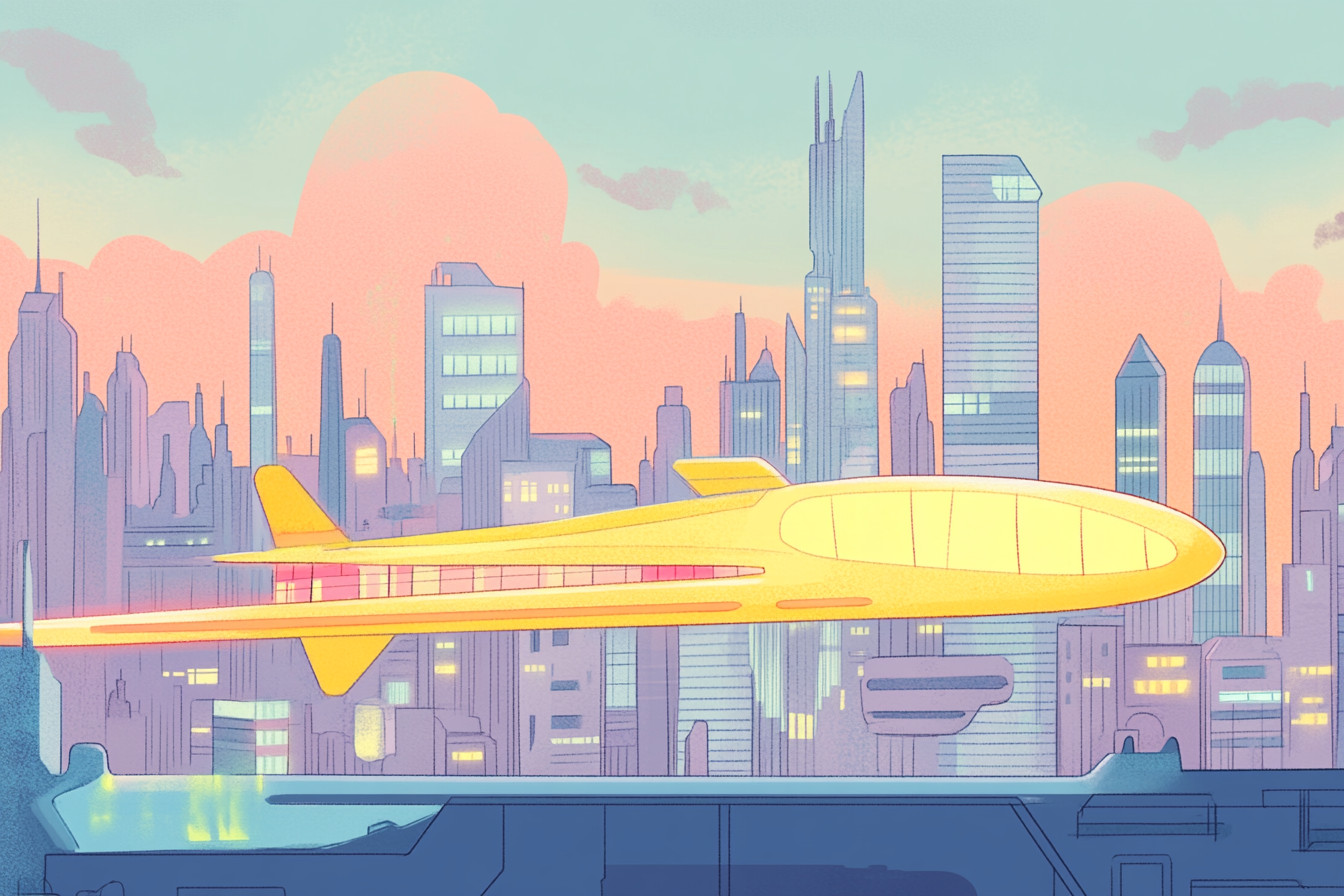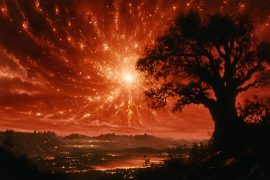In examining modern sci-fi, I notice a stark divide between the commercial blockbuster to indie films. Mind you, if you’ve watched the former, you get the sense that they don’t even attempt to uphold the spirit of the sci-fi genre. These filmmakers are living in a delusion – with an overabundance of pyrotechnics and CGI, they are not deceiving anyone. It is no secret that the box office does not consistently determine a film’s worth.With the thick fog of illusion pushed aside, what is left is the indies, which provide a reprieve in an undoubtedly subtler genre.
In many ways, independent science fiction acts as a check against the glorified, commercialized vision of the future in cult classics like Star Wars or Wild West Productions’ Guardians of the Galaxy. Where those larger productions rely on spectacle (and funding) to gain popularity, indie sci-fi tends to balance out on the sidelines of the festival circuit as it escapes into the realm of no-budget, resource-limited sci-fi. This is in no way a ghetto of missing quirks where a low entry benchmark devoid of ideas thrives. Instead, indie sci-fi cunningly expands the genre and blends innovative storytelling to ensure that there is something thoughtful and profound at the heart of the narratives.
The indie subgenre of science fiction has unique merit, as it demands less maneuvering with the narrative structure and presentation. Since it lacks the commercial pressures that big-budget sci-fi films face, indie films can focus on more intricate themes and complex messages. Such pressure leads to regrettable entertainment compromises that are nonsensical and shallow (and often rife with spectacle) but passed off as “art.” Indie sci-fi films, on the other hand, present challenges to audiences’ ways of thinking. It’s the speculative kind of thinking where viewers have to actively grapple with conditions of possibility, something we sorely lack not just as viewers of narrative cinema but as fans of the sci-fi genre.
I’m not saying that all indie science fiction is perfect, because it’s not. But even as these movies fail to meet expectations, they are still captivating and achieve some sort of success because of their provocative concepts. And those ideas continue to keep the essence of sci-fi alive. In my view, that is more than enough justification to watch any indie sci-fi film, even if it is just for the Swan Lake finale in “The Death of Dick Long.”
When I think of independent science fiction films that capture the spirit of storytelling and creativity, I stand by a few notable ones—movies that are captivating with their storylines but for some strange reason, manage to leave me breathless at the very end. Coherence, released in 2013, is a shining example of an indie, low-budget, and B-grade film that does not fail—or in other words, does not “cash in” on its trivial budget during serious sci-fi propaganda. The film, directed by James Ward Byrkit, narrates the tale of a dinner party that gets disrupted by an unceremonious encounter with the cosmos. Spending approximately $50,000, Coherence does not give us a sufficiently intimidating score, a whole load of VFX, or any of the other accouterments that make a film great, but provides instead a well-knit story that lives up to the film’s title.
Byrkit’s Coherence is remarkable in its deception. It has few one setting – pretty much just one house, a handful of characters and tells a very personal story yet feels universe-spanning in scale. The device of a thriller is used, but despite that, the film feels more like a horror movie for those who love science, because it grabs onto a deeply discomforting idea and explores it until every iota of dread is squeezed out. It is a film centered on the reality disturbance that a group of friends suffer in their “coherent” reality during the dinner party they have on the very night a comet passes overhead. After characters work out the underlying logic (which is still vague in the movie), it is quite tense and quite unpredictable.
An exemplary instance of hard sci-fi is Shane Carruth’s 2004 film Primer, a drama about time travel. With only $7,000 in his pocket, Carruth wove a story so intricate that it captured the fascination and bewilderment of audiences long after they stepped out of the theater. For many viewers, it is not the clarity of “what happens” from the beginning to end that earns Primer its beloved spot in the shrine of hard sci-fi; it is what earns and cements the film’s narrative in the viewer’s head, compelling him or her to replay it mentally and discuss it with others. As though the viewer has become an employee of a closet club that gives narratives access to a membership not every story is granted.
Mass-market sci-fi films like “Star Wars: The Rise of Skywalker” and “Jurassic World: Dominion” focus on shallow spectacle rather than achieving something deeper. No one can deny the value of a good star-wars themed spectacle, and these movies have as wide an appeal as blockbuster sci-fi can offer. They are designed to impress the majority of people in as many ways as possible. While they attempt to offer some storyline to engage with during the two to three hours spent inside the cinema, once the audience has left the premises, there is no music playing in the lobby to create the illusion of any true — multi-layered, rigorous, and intellectually demanding — post-game material available to engage with.
Indie films have a reputation of being low-budget, but this niche of the genre seems to fill the cold gaps of the imagination quite well. With these films made on a budget, the creativity executed within story-telling is striking. They tend to emphasize the more psychological and philosophical aspects of their themes. Lacking in budget also means that they are less driven by the need to put on a show; therefore, more time can be spent exploring themes that are profoundly deep. What constitutes consciousness? Consciousness as a phenomenon in relation to the social structure and behavior of society. Ex Machina’s artificial intelligence does a stunning number on human desires/anything-you-can-use-for-power—News A.I.. Self-serving robots that claim to love us is scary don’t you think? Unlike the other few indies I can recall that superficially touch on A.I. without delving deeper into questioning the very nature of humanity, Ex Machina is so fundamentally scary. It distorts human-robot relations in a way where we have to suspend our logic and think of it as a world where reality is turned inside out, with an upside-down mouth harp.
Each of the indie films I like have succeeded in drawing me into their narratives. Even with a limited budget, they still manage to engross me in “fantastic” tales which makes me reconsider not just the world outside the celluloid or digital walls, but everything that’s going on beyond the world around me. These stories, even without any special effects or the seeming inclusion of science, force me to profoundly rethink and contemplate my relationships, the state of humanity, mortality, and everything we know to be real. I can draw a connection between them and the science fiction literature sitting on the shelves of my collection, the very ones that challenge me and, at times, provide answers to questions regarding humanity’s existence.
Independent sci-fi resembles the genre’s golden age short stories in many ways. The speculative truths Philip K. Dick, Arthur C. Clarke, and Ursula K. Le Guin explored in the fantastic stories that brought them fame were rooted in imaginative reasoning. Perhaps these authors chose a short form because they were too confining themselves within elaborate frameworks to extend past their imaginations. Then again, maybe these authors crafted their pieces exactly how they intended because they had something profound to express. Many modern indie sci-fi filmmakers seem to adopt a similar, less-is-more approach. With little funding, they abandon the notion of trying to dazzle studio executives with special effects and instead strive to do what Le Guin and Clarke did—tell a story that matters.
It is the dynamic potential of indie science fiction that captures my interest the most. While the conventional “space opera” or “alien invasion” themes are more common nowadays and are slotted into their proven molds for profit, the lesser-known indie part of the genre is waiting to be explored. The storytellers of this genre are now free to explore uncharted narrative frontiers and rework the boundaries of sci-fi and its unexplained phenomena, what Danielewski calls “the fantastic in science.” Narratively, they can do much more, and they are already doing it.
The 2013 film Under the Skin by Jonathan Glazer is a perfect example of an indie sci-fi work that dares to explore the fringes of the genre and is, in many respects, unlike any other film in the genre. Under the Skin also differs from most other sci-fi films in that it features almost no dialogue. It is instead accompanied by an otherworldly score and atmospheric sounds. The film follows an alien woman (Scarlett Johansson) who captures men and brings them to their deaths. The film, which is partially based on a novel, has a sparse approach to story and character development which allows audiences to focus on the visuals and form their own understanding of the film’s message.
While Laura capturing fit species of young strong males may not seem like science, it certainly has a fair amount of technology in the story’s representations.
This sort of narrative experimentation is not the most straightforward to access, and that’s part of the point. Under the Skin literally puts viewers in a world so nebulous that even the softest of loglines feels claustrophobically packed with visuals void of clear navigation. The film’s budget, more than that of most indie films but less than many studio pictures, makes it appear, if not the spirit, then at least its budget indie. Annihilation is, however, even more of an indie in that regard. Those two films, for whatever undisclosed means of financing, are at least semantically linked. They tell, or rather, stitch together a sequence of disjointed utterances invoking the same story.
On a personal note, indie sci-fi allows creative freedom to explore and develop the plots and characters deeply. Only in indie science fiction is there real substance to a story, one which appreciates the intelligence of its audience, unlike mainstream sci-fi which tends to be formulaic and “constipated.” If indie sci-fi cannot afford the razzle-dazzle or effects, at least it possesses ideas that guarantee the viewer’s understanding—or better yet, full attention and rapt admiration.
Take Duncan Jones’ 2009 film Moon for instance. Within a budget of five million dollars, it is a stunning display of how to achieve depth and emotional impact with limited resources. Moon is a space tale revolving around Sam Rockwell’s character, who plays the sole occupant of a lunar outpost. Unlike other sci-fi movies that wow the audience with special effects, the film’s plot is drably realistic, chillingly plausible, and scary. The setting of his outpost, Sam’s station, is depicted as an actual structure on the moon, the machinery that surrounds it cold and metal, with a gray dull lunar day.
Sam’s solitude stands as the pivotal moment of his life, and the film actively makes us feel the toll of that.
Indie science fiction continues the legacy of the genre’s roots, but it is also a driver of change. It consists not only of the major thoughts, but also of the minor ones—the ones that appear unimportant or uninteresting until you deeply ponder over them. Perhaps what indie sci-fi really does is ask too many questions rather than answering them. And in that way, indie science fiction works audiences too. It makes us contemplate not merely regarding what it means to be human, but how it would mean something else if we are indeed living or simulating living in a different reality.
If you prefer to think over feel, then indie sci-fi may be the genre for you. While attending a summer blockbuster is enjoyable, it does not compare to being immersed inside a intricately crafted novel which prompts inquisitive thinking even after finishing it. Indie sci-fi may not attract quite as many audiences as the latest Marvel movie, but in a way, it’s a risk taker for the genre. It forces sci-fi to be “big” in the way blockbusters try to be, but often fail at doing.
Looking a little ahead, the passion and innovative spirit from indie filmmakers seems to fuel the imagination and future of science fiction. The genre often receives sci-fi indie films due to the ever growing global audience for niche projects. One of the prime examples is Andrew Patterson’s debut feature The Vast of Night, a 2019 film. It recounts the story of a peculiar signal and the even more bizarre set of events that surrounds the signal in the middle of an obscure region of America. Captivating and baffling, the story takes place in-striking UFO fiction, and in those weird, psy-ops 40’s and 50’s movies Hollywood traumatized America with.
The film does not shy away from first person immersion and instead builds the world almost exclusively through sound. The absence of visuals is a remarkable achievement in itself. Such bold storytelling serves as a reminder that independent science fiction exists, and as a people, we have hope beyond studio ot franchises. Nonetheless, The Vast of Night evokes a feeling of ambiguity that vaguely resembles success, and continues the novel discouraging decline independent sci-fi faces now that it’s de-facto headmate, Shane Carruth, is expected to release no new movies.
As long as there exists a movie director willing to explore the strange, the surreal, and the deeply human, sci-fi will continue to have a distinctive and vibrant corner in our cultural world. For curmudgeons like me, sci-fi has to provoke, disturb, and delight us at the end, then independent films will continue to carry the flag for the genre—motionless and silent like a whisper, yet steadfast in their purpose.











